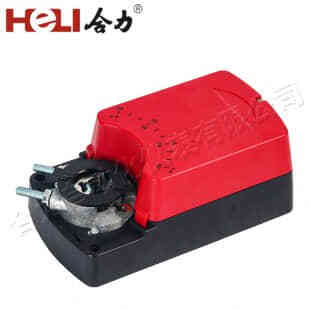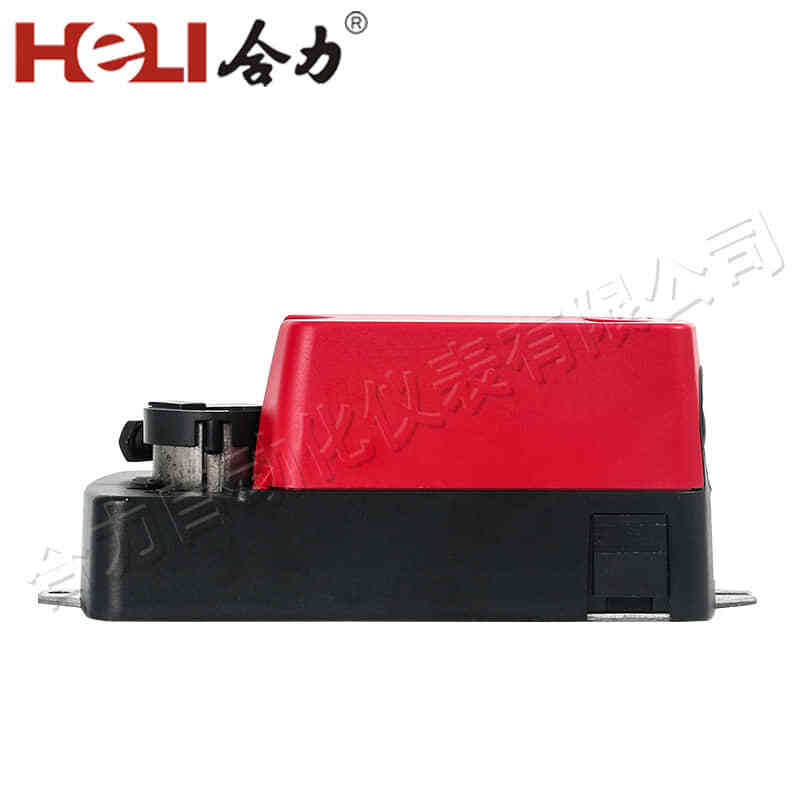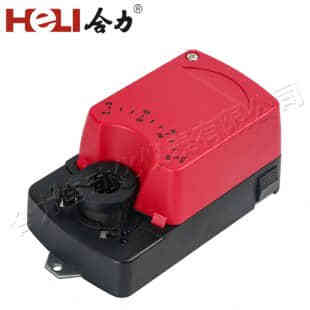
In modern HVAC (Heating, Ventilation, and Air Conditioning) systems, damper actuators play a crucial role in regulating airflow, ensuring energy efficiency, and maintaining comfort within a building. These actuators are responsible for controlling the dampers, which are mechanical devices used to control the flow of air or gas within ventilation ducts, air handling units, or exhaust systems. The accurate and reliable operation of damper actuators is essential to the smooth functioning of HVAC systems. Among the many manufacturers of damper actuators, CNHELI stands out as a key player, providing innovative and high-quality solutions for HVAC systems worldwide.

A damper actuator typically consists of a motor and control mechanism that moves a damper blade to either open or close, adjusting the volume of air flowing through the ductwork. This adjustment can be manual or automated, but in most modern HVAC systems, it is automated to improve efficiency and ensure precise control over the airflow. The actuator receives signals from the system’s controller and adjusts the damper position accordingly, allowing for better temperature control, air quality, and humidity regulation.

